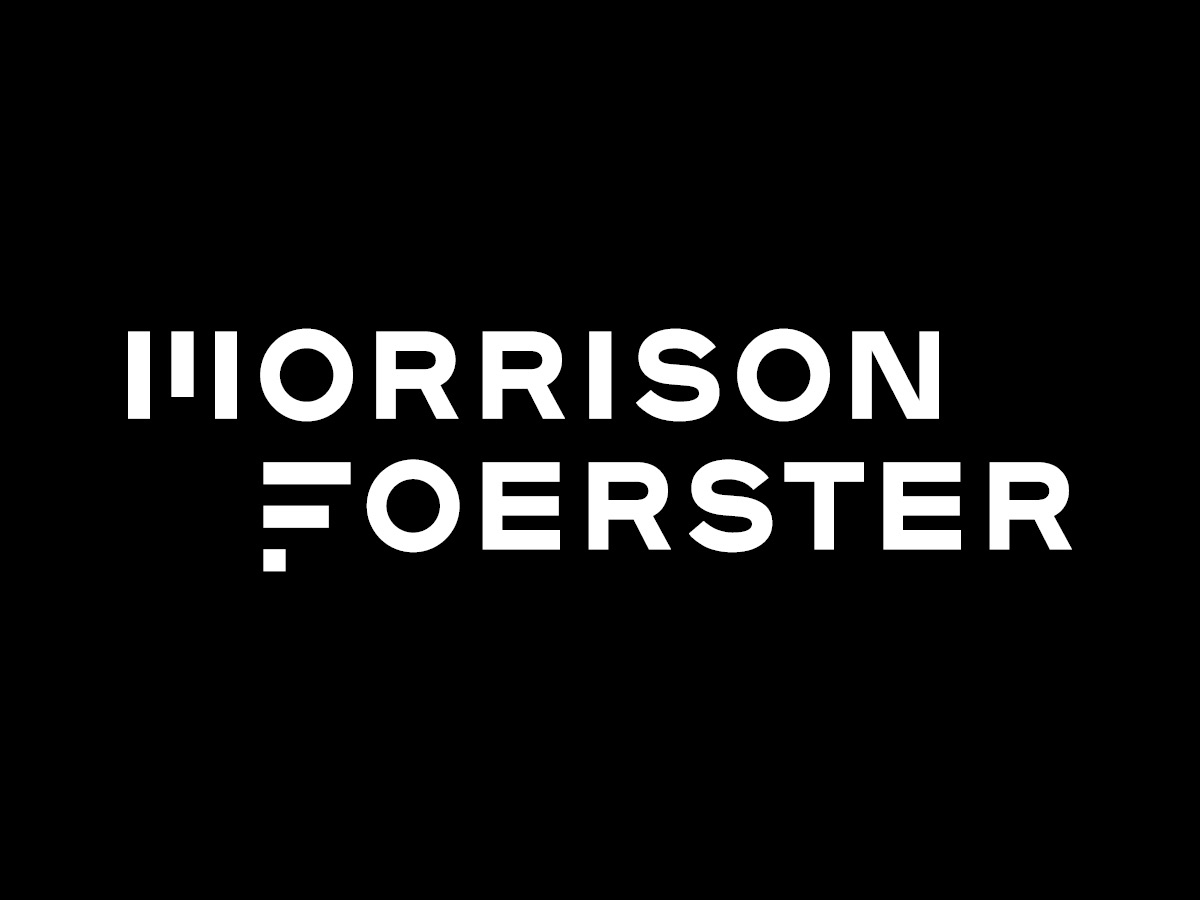Second Circuit Finds Art Collective Can’t Use First Amendment to Skate Out of Injunction | Sheppard Mullin Richter & Hampton LLP
In its first opportunity to apply the Supreme Court’s recent decision in Jack Daniel’s Properties v. VIP Products LLC, which held that the First Amendment did not protect infringing works that “use [the complainant’s] mark [ ] as a mark,” the Second Circuit upheld an Eastern District of New York order enjoining art collective MSCHF from offering its “Wavy Baby” sneaker that likely infringed Vans’ marquee “Old Skool” sneaker. See Vans, Inc. v. MSCHF Prod. Studio, Inc., 602 F. Supp. 3d 358 (E.D.N.Y. 2022). The Vans case and appeal had both been stayed pending the outcome of Jack Daniel’s.
MSCHF Product Studio Inc., a Brooklyn-based art collective, designed and manufactured the “Wavy Baby” sneakers as a collaboration with rapper Tyga as a parody of the Old Skool skate shoe made by Vans, Inc. MSCHF described the Wavy Baby as featuring a platform-like sole with exaggerated waves that made the shoes non-functional as skateboarding shoes or sneakers, in contrast to the flat-soled, functional Vans’ Old Skool. The wavy side stripe on the Wavy Baby, like the other wave-like elements, were intended to give the classic sneaker a liquified look. As part of its marketing, Tyga posted a video on social media of a Wavy Baby shoe being pulled out of a microwave following the expiration of the microwave timer’s countdown, as if to show that heating a Vans Old Skool sneaker would melt it into the Wavy Baby.
Vans filed suit against MSCHF alleging that Wavy Baby “blatantly and unmistakably” used Vans’ Old Skool trademark and trade dress in violation of the Lanham Act and sought a preliminary injunction (602 F. Supp. 3d at 364.) MSCHF opposed, arguing that the Wavy Baby was entitled to First Amendment protection because they “challenged” sneakerhead culture, confronted the tension between the virtual and digital world, and questioned consumerism. The district court granted Vans’ motion for a temporary restraining order and preliminary injunction, holding that Wavy Baby was likely to cause consumer confusion despite MSCHF’s First Amendment arguments(602 F. Supp. 3d at 373.)
MSCHF appealed to the Second Circuit (Case No. 22-1006), arguing that it was a reversible error for the district court to have ignored MSCHF’s First Amendment defense. Vans again responded that Rogers v. Grimaldi, 875 F. 2d 994, 999 (2d Cir, 1989) did not apply because only inherently expressive works like films and books are protectible, and that the district court correctly applied the standard likelihood-of-confusion analysis. Under Rogers, expressive works are protected unless the trademark holder can show that the infringement has no artistic relevance to the underlying work or is explicitly misleading as to the source or content of the work.
During the pendency of the appeal, the Supreme Court issued its decision in Jack Daniel’s, holding that “[w]ithout deciding whether Rogers has merit in other contexts, we hold that it does not when an alleged infringer uses a trademark in the way the Lanham Act more cares about: as a designation of source for the infringer’s own goods.”[1] The parties then submitted competing post-argument letters to the Second Circuit regarding whether Rogers could still apply (see 22-1006 Dkt. Nos. 139, 141). Vans argues that Wavy Baby sneakers use the Vans trademark and trade dress in the same way Vans does, making it source identifying. MSCHF asserted that it uses its own name and branding for source identification, and any use of Vans marks are part of the expressive art work similar to the title of a painting.
In its December 5th decision, the Second Circuit observed that, like in Jack Daniel’s, “[t]he central issue in this case is whether and when an alleged infringer who uses another’s trademarks for parodic purposes is entitled to heightened First Amendment protections, rather than the Lanham Act’s traditional likelihood of confusion inquiry.” (22-1006 Dkt. No. 145 at 4). In upholding the district court’s decision, the Second Circuit found it significant that “MSCHF used Vans’ marks in much the same way that VIP Products used Jack Daniel’s marks—as source identifiers.” Id. at 24. Specifically, MSCHF used several elements of the Old Skool trademarks and trade dress, including “distortions, the Old Skool black and white color scheme, the side stripe, the perforated sole, the logo on the heel, the logo on the footbed, and the packaging.” Id. MSCHF even “included its own branding” on the shoe, that went a step further than VIP Products’ logo on the dog toy’s hangtag by evoking the Vans logo. Id.
After agreeing with the lower court that the Wavy Baby shoe was not entitled to First Amendment Protection, the Second Circuit went through the likelihood of confusion test (applying the Polaroid factors). The Jack Daniel’s decision left open the possibility that a parody product could still be noninfringing because consumers are less likely to confuse it with the source material. However, the Second Circuit found that was not the case for MSCHF given the strength of Vans’ marks, the similarity in the products, and the competitive proximity, including that Vans’ had previously collaborated for special versions of its Old Skool sneaker. The Second Circuit affirmed the district court’s injunction and remanded to the district court for further proceedings.
Takeaway: As courts begin to apply the Supreme Court’s relatively strict interpretation of Rogers and when First Amendment protections apply to use of third-party marks, courts will likely reserve Rogers application to use of third-party marks as titles in expressive works like films and books. Because of this, parodists may have difficulty relying on the First Amendment when a trademark itself is part of the parody, as the use will likely remain source identifying.
As courts continue to apply Jack Daniel’s, brand owners should remain vigilant on strongly protecting any aspects of their products that serve a source identifying role as it will limit the ability of potential infringes to rely on the First Amendment.
FOOTNOTES
[1] Supreme Court Rules “That Dog Don’t Hunt”: Bad Spaniels Toy’s Use of JACK DANIELS Marks is a Poor Parody and Dilution Act Applies | Intellectual Property Law Blog





